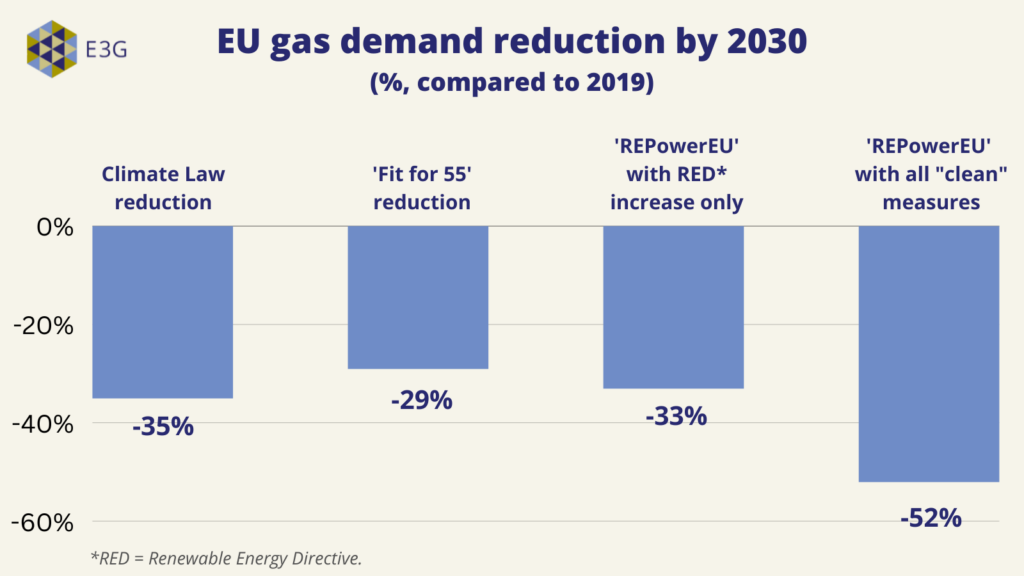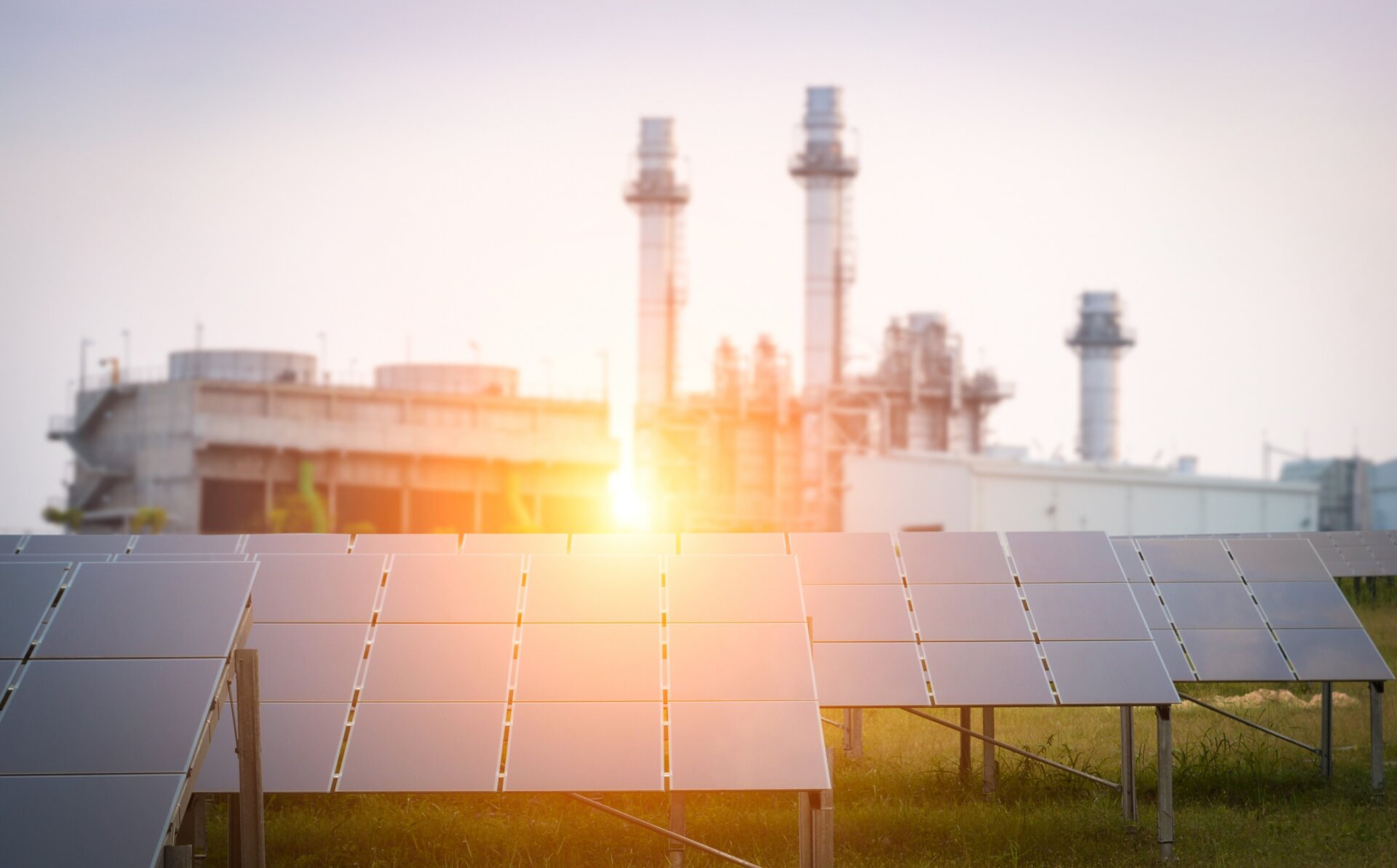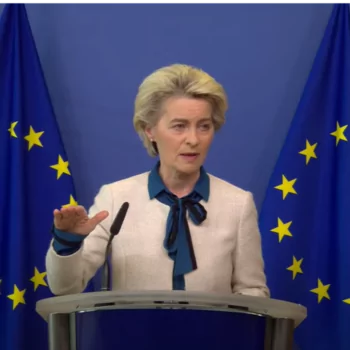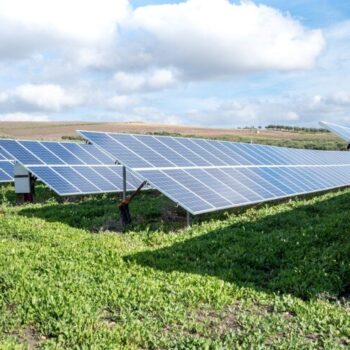Are the EU and member states on track for long-term gas demand reductions? EU files like the European Climate Law would require a 35% reduction, and REPowerEU 52% reduction, in gas demand by 2030. Member states are making progress but the focus is on tackling the emergency in the short term. The EU and member states need to shift thinking beyond next winter to fill the 2022-2025 action gap and deliver on gas reductions, boost supply chains, grow clean jobs and ramp up renovation and renewables.
The EU’s ability to respond to Russia’s invasion of Ukraine is being tested. It is planning to tackle the unfolding energy crisis through a sharp reduction in gas demand – an intent the European Commission stated clearly in its REPowerEU Communication. This requires resetting Europe’s economic, social and geopolitical model to no longer rely on once cheap, but now ever more expensive, gas imports.
The EU is picking up speed towards a fair and green transition. This is visible in the emergency response by the EU and selected member states (France, Germany, Hungary, Italy, Netherlands, Poland and Spain) in February–October 2022. Yet, to meet the ambition of REPowerEU, medium-term delivery plan gaps must be closed urgently. Member states across the EU need to bring their policy design consistently up to the standard of the best in class.
Is the EU on track?
The EU is aiming for a sharp downwards trend in gas demand. The commitments under the European Climate Law will require a reduction of fossil gas demand by 35% by 2030 compared to 2019. Implementing the REPowerEU proposal could result in a 52% reduction over the same time horizon.

In terms of delivery, short-term measures prevail. Long-term measures such as the EU Green Deal will be transformational but need to be brought in line with the ambition of REPowerEU. The next two to four years will be crucial for making sure the EU is in line with this trajectory for long-term gas demand reduction. A clean energy action plan for the mid-term time horizon is urgently required to put the EU firmly on track.
Are EU member states on track?
This report assesses the potential of seven member states’ emergency measures to reduce gas demand in the short and long term. It also assesses their impact on climate targets and social fairness.
Short-term measures for all countries focus primarily on replacing Russian gas supplies with alternative sources and helping households in the face of high gas prices. Though necessary, these measures will not lead to long-term gas reductions, and carry a risk of gas lock-in.
| Member state | Measures addressing sector(s) with highest gas consumption | Gas demand reduction in long term | Climate impact | Social fairness |
| France | Medium | Medium | Neutral | Medium |
| Germany | Medium | High | Neutral | Medium |
| Hungary | Medium | Low | Negative | Medium |
| Italy | Low | Medium | Neutral | High |
| Netherlands | Medium | High | Neutral | High |
| Poland | Medium | Medium | Neutral | Medium |
| Spain | Medium | Low | Neutral | Medium |
Other policies mark a significant shift in EU energy policy and the increasing momentum of the green energy transition. These include: new renewable energy targets (Germany, Netherlands, Poland); phase-outs for fossil fuel boilers (Germany, Netherlands); streamlining administrative procedures for new renewables (France, Italy, Spain); and support schemes for energy efficiency upgrades in households, public and commercial buildings. More mid- to long-term measures in these areas will be needed to ensure member states are on track for gas demand reduction in line with 2030 targets.
How can the EU get on track?
The EU and member states clearly consider the energy transition away from fossil gas as a key element of Europe’s energy policy. But the EU is at a critical crossroads, and work remains to be done.
- Think beyond the next winter: The European Commission and EU member states should pivot plans and institutional capacities towards addressing the 2022–2025 delivery gap. Gas markets are not expected to relax for multiple years. Therefore, Europe needs to pick up speed on clean energy as soon as possible. It must also boost the supply chains, skills development, renovation rates and enabling infrastructure needed to meet long-term goals.
- Set clear targets for gas demand reduction and ensure monitoring: The European Commission should set targets for reduced EU gas use by 2025, 2030 and 2050 and report annual progress to the European Parliament.
- Align ambition with REPowerEU: EU institutions should align legislation currently under negotiation (the Renewable Energy Directive, the Energy Efficiency Directive, the Energy Performance of Buildings Directive, and the Social Climate Fund) with the REPowerEU gas consumption reduction targets.
- Protect the right to affordable and clean energy: Member states should target measures towards citizens with the lowest ability to adjust their gas consumption. First, clean energy solutions should be made affordable and available to those most exposed to high gas prices. Second, the Social Climate Fund and national support mechanisms should support vulnerable groups who are already at increased risk of energy and mobility poverty.
- Secure “good practice” policies across Europe: Our analysis suggests that there is significant scope for member states to learn from each other’s policy design. This report highlights some good practice policies. The European Commission could provide the necessary guidelines and support infrastructure to ensure learning and monitoring of effectiveness.


